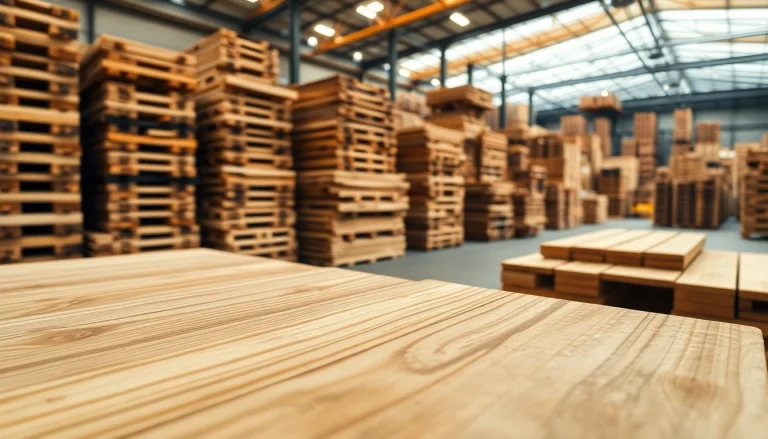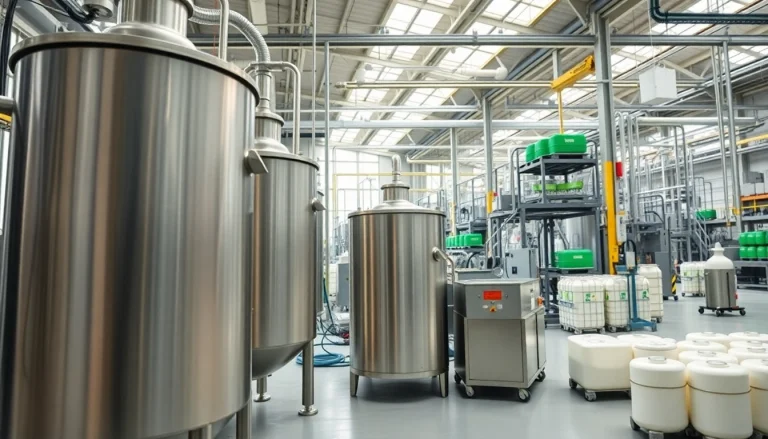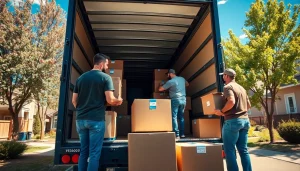Understanding Laminating Resin
What is Laminating Resin?
Laminating resin is a specialized polymer material used primarily in the construction of composite materials. It is notably a critical component in processes such as fiberglass layup, serving to bond layers of reinforcement materials like fiberglass, carbon fiber, or aramid fibers together. The resin acts as a matrix, enabling these fibers to adhere and create a solid structure capable of withstanding significant stress and impact.
Laminating resin is available in various formulations, including polyester, epoxy, and vinyl ester, each suited to different applications based on their mechanical properties, curing behavior, and environmental resistance. Notably, laminating resin provides manufacturers and DIY enthusiasts with the tools required to create robust and durable products.
Types of Laminating Resin
Understanding the various types of laminating resin is essential for selecting the right product for a specific project. Here are the most common types:
- Polyester Laminating Resin: Often the most economical choice, polyester resin is known for its ease of use and quick curing time. It is widely used for boat building and other marine applications due to its resistance to moisture and UV rays.
- Epoxy Laminating Resin: This type of resin is renowned for its superior adhesion, chemical resistance, and strength. It is ideal for high-performance applications, such as aerospace or automotive components, where structural integrity is paramount.
- Vinyl Ester Laminating Resin: Combining the benefits of both polyester and epoxy resins, vinyl ester resin showcases excellent corrosion resistance and durability. It is often employed in applications subject to harsh environmental conditions.
Applications of Laminating Resin in Various Industries
The utilization of laminating resin spans a broad spectrum of industries, including:
- Marine: Used extensively in boat building and repair, laminating resin ensures high strength and long-term durability against harsh marine environments.
- Aerospace: In this industry, laminating resin plays a crucial role in constructing lightweight yet strong components that require high structural integrity under extreme conditions.
- Automotive: Laminating resins are utilized in the production of composite parts, contributing to weight reduction and improved fuel efficiency.
- Construction: Architects and engineers often specify laminating resin for creating strong and durable composite materials used in modern construction techniques.
Choosing the Right Laminating Resin
Factors to Consider When Selecting Laminating Resin
Choosing the correct laminating resin is vital to ensure optimal performance and longevity of the final product. Key factors to evaluate include:
- Curing Time: Consider whether you require a quick cure or a slower setup that allows for more working time.
- Viscosity: Depending on the application method, different viscosities may be more suitable. Thicker resins may be necessary for vertical applications to prevent dripping.
- Environmental Resistance: If your project will be exposed to moisture, heat, or chemicals, select a resin that can endure these conditions without degrading.
- Mechanical Properties: Assess how much strength, flexibility, and impact resistance are needed for your application to select an appropriate type of resin.
Comparing Laminating Resin Options
Once you understand the basic types of laminating resin, compare their specific properties. For example:
- Polyester vs. Epoxy:
- Polyester resins are generally less expensive but have lower adhesion and impact resistance compared to epoxy. Epoxy resins, with superior bonding capabilities, are preferred in demanding applications.
- Cost vs. Performance:
- Consider the balance between cost and performance. While polyester may be sufficient for casual projects, epoxy might be a wise investment for higher-end applications.
Common Mistakes to Avoid with Laminating Resin
Missteps during the selection and application of laminating resin can lead to costly mistakes. Avoid the following common pitfalls:
- Using Incorrect Resin Type: Ensure that you choose a resin appropriate for the intended application; using a general-purpose resin in a more demanding environment can lead to failures.
- Insufficient Surface Preparation: Properly preparing the surfaces to be bonded is crucial. Inadequate cleaning or sanding can inhibit adhesion.
- Ignoring Temperature Conditions: Resins perform optimally within specific temperature ranges. High humidity or low temperatures can adversely affect curing.
Application Techniques for Laminating Resin
Preparation Steps for Using Laminating Resin
Before applying laminating resin, proper preparation of both the work area and the materials is essential. Here are the steps to ensure a successful application:
- Workplace Setup: Ensure the workspace is clean, well-ventilated, and free from contaminants.
- Material Preparation: Clean surfaces thoroughly and sand them to promote better adhesion.
- Read Instructions: Each resin product may come with specific guidelines regarding mixing ratios and application techniques. Always review these before starting.
Effective Application Methods
When applying laminating resin, use the following methods effectively based on your specific project requirements:
- Brush Application: Ideal for smaller, detailed areas, this technique allows for precision but can be time-consuming.
- Roller Application: Best suited for larger surfaces, a roller can speed up the application process but may not reach intricate spaces.
- Spray Application: Provides a smooth, even coat and is efficient for large areas but requires proper equipment and safety precautions.
Curing and Finishing with Laminating Resin
After application, ensure proper curing by following these guidelines:
- Monitoring Temperature: Maintain the appropriate temperature during the curing process as per the resin’s specifications.
- Avoid Disturbance: Do not handle or disturb the resin until it has completely cured as specified by the manufacturer.
- Finishing Touches: Once cured, sand and polish the surface as needed to achieve the desired finish.
Benefits of Using Laminating Resin
Durability and Strength Enhancements
One of the primary advantages of using laminating resin is the significant improvements in durability and strength. By bonding fiberglass or other reinforcement materials, the resultant composite displays enhanced mechanical properties, including increased tensile strength, impact resistance, and longevity. Laminating resin creates a lightweight but exceptionally strong structure, making it ideal for various applications where strength-to-weight ratios are critical.
Cost-Effectiveness of Laminating Resin
Laminating resin offers a cost-effective solution for many projects. Its use can reduce material costs as it enhances the performance of lighter substrates. Additionally, once set, the durability of laminating resin reduces the need for frequent repairs or replacements, resulting in lower lifecycle costs for manufacturers and consumers alike.
Environmental Considerations and Sustainability
The production and application processes for laminating resin have become increasingly environmentally conscious. Many manufacturers focus on developing resins with reduced volatile organic compounds (VOCs) and improved recyclability. Furthermore, composites made from laminated resin can contribute to energy savings through lightweight designs, which optimize fuel efficiency in transport applications.
Future Trends in Laminating Resin Usage
Innovations in Laminating Resin Technology
Continued innovation within the field of laminating resin is anticipated, focusing on developing bio-based and eco-friendly formulations. These advances will likely involve new curing agents and additives that enhance performance while reducing environmental impacts. Smart resins, featuring sensors or color-changing abilities for monitoring curing conditions, are also on the horizon.
Market Growth and Emerging Applications
The market for laminating resin is expected to grow significantly due to ongoing advancements in manufacturing technologies and applications. Emerging sectors, such as renewable energy (i.e., wind turbine blades), and construction materials are likely to drive demand as the need for lightweight yet durable materials increases. The automotive and aerospace industries will continue searching for solutions that enhance fuel efficiency and performance, further promoting laminating resin usage.
Best Practices for Long-Term Laminating Resin Projects
To ensure long-lasting success in laminating resin projects, consider the following best practices:
- Regular Maintenance: Inspect and maintain laminated structures regularly to address any signs of wear or damage early.
- Education: Stay informed about advancements in laminating resin technology and application methods to apply best practices in future projects.
- Documentation: Keep detailed records of application processes, materials used, and performance metrics to inform future endeavors.








